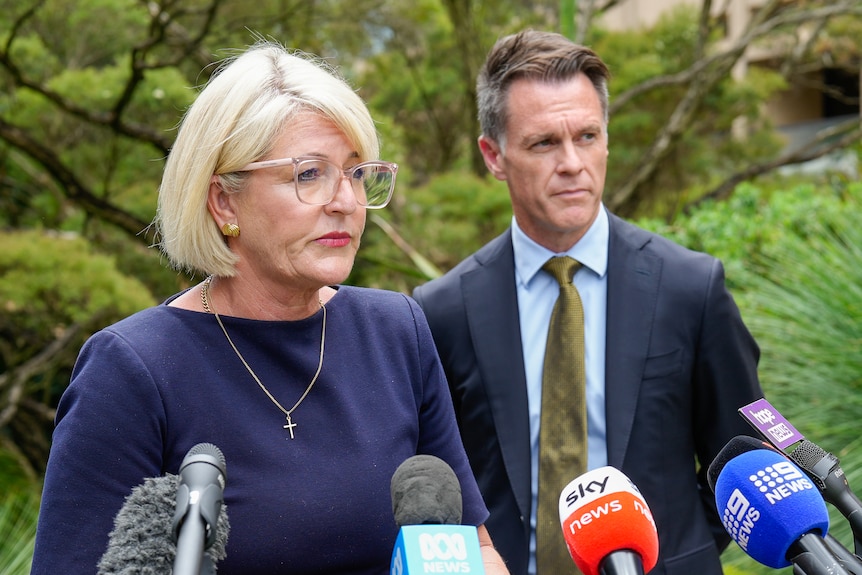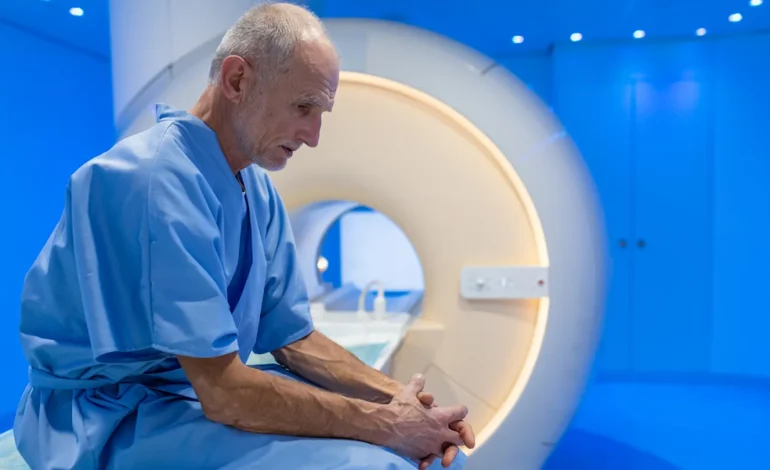A widely used medical imaging tool may pose a greater health risk than previously understood, according to a new study from the University of California, San Francisco (UCSF), FOX News reports.
The research, published in JAMA Internal Medicine, suggests that CT (computed tomography) scans could be linked to approximately 5% of all annual cancer diagnoses in the United States.
CT scans, which use ionizing radiation to generate detailed images of the body’s internal structures, are essential for diagnosing a wide range of serious conditions. However, the new analysis estimates that about 103,000 future cancer cases in the US could be tied to scans performed in 2023 alone.
“This is a modeling study, meaning our conclusions depend on the accuracy of the data used,” said lead author Dr. Rebecca Smith-Bindman, a UCSF radiologist and professor. “That said, we found a small but meaningful percentage of cancers are linked to CT scans — and this number can be reduced.”
The study found that adults aged 50 to 69 account for the highest number of cases due to the volume of scans performed in that age group. However, the individual cancer risk is greatest for infants and children, with babies under one year old facing a tenfold higher risk compared to others.
Most of the projected cancer cases are expected to involve lung, colon, breast, and blood cancers such as leukemia.
Dr. Smith-Bindman emphasized that CT scans remain a critical diagnostic tool, particularly in urgent medical situations.
“If CT is clearly indicated, the benefits far outweigh the risks,” she said. “But if not, it’s best to avoid the scan altogether.”
The study’s findings have prompted renewed calls for medical providers to avoid unnecessary imaging — a practice known as “low-value scanning.” One approach to reducing risk is by adjusting the radiation dose to the lowest level necessary without compromising diagnostic quality.
Dr. Nicole Saphier, a board-certified radiologist not involved in the study, echoed those concerns, stating that while CT scans are often life-saving, their growing use — especially among younger patients — raises questions about long-term exposure to radiation.
“This is not a call to avoid CT scans — it is a call to use them wisely,” she told Fox News Digital. “The key is balance. Physicians must remain vigilant in weighing the benefits against the risks and should always explore alternative modalities like ultrasound or MRI when appropriate.”
Both researchers stress the importance of informed conversations between patients and their healthcare providers. By considering alternative imaging options and using the lowest possible doses, the medical community can reduce unnecessary risks while still delivering high-quality care.










The latest news in your social feeds
Subscribe to our social media platforms to stay tuned